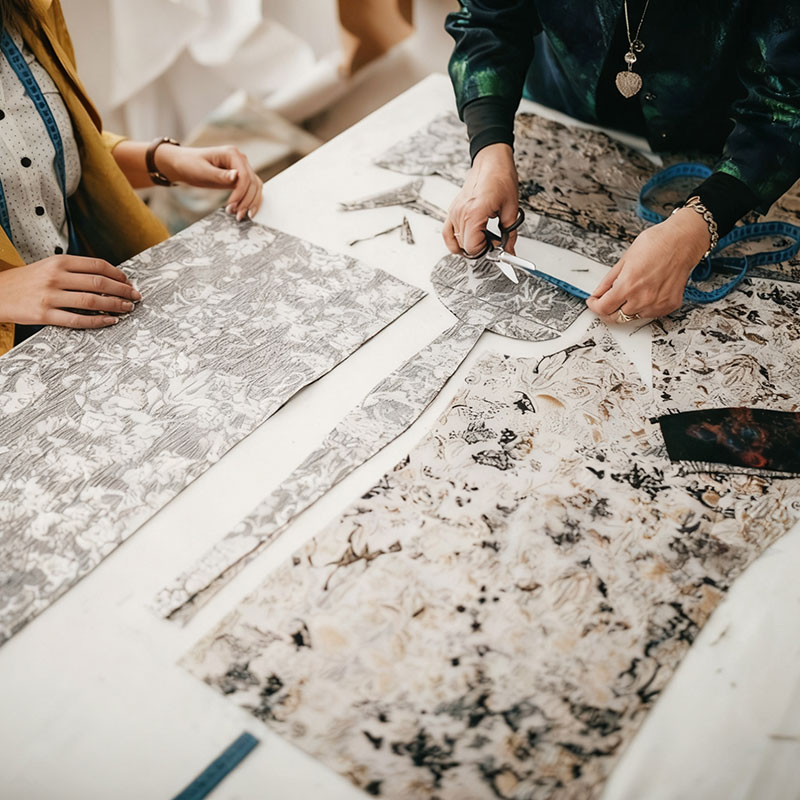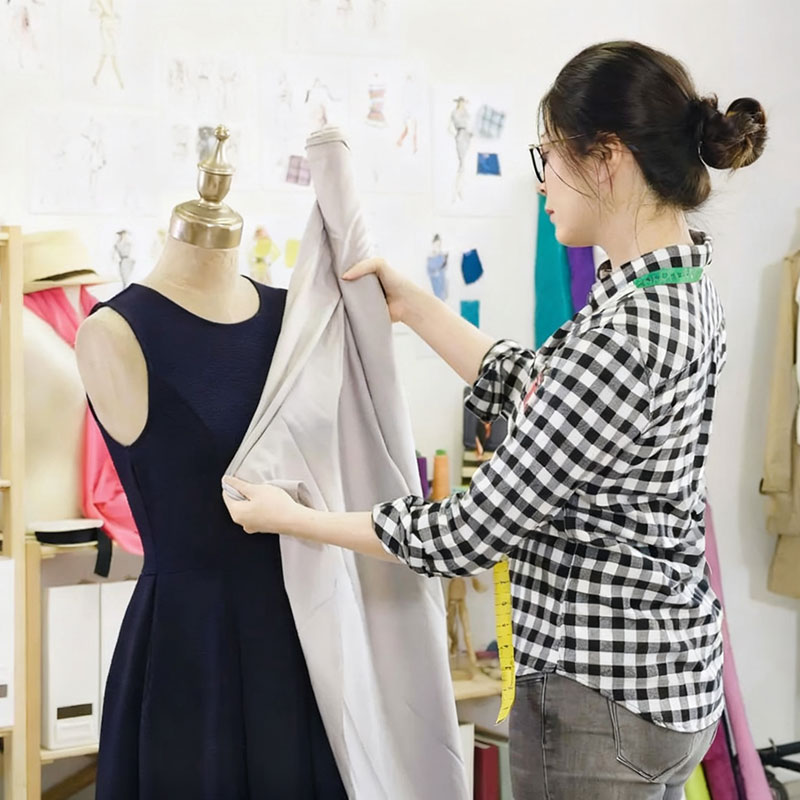Don't miss our holiday offer - up to 50% OFF!
How to Choose the Right Garment Manufacturer for Your Fashion Brand
Launching a successful fashion brand requires more than just a great design—it demands high-quality production, reliable partnerships, and efficient supply chain management. One of the most critical decisions you’ll make is selecting the right garment manufacturer. Whether you’re launching a luxury line, sustainable fashion, or streetwear, the manufacturer you choose will impact your product quality, lead times, costs, and brand reputation.
This comprehensive guide will walk you through the key factors to consider when choosing a garment manufacturer, ensuring you make an informed decision that aligns with your brand’s vision and business goals.
1. Define Your Brand’s Needs & Production Requirements
Before searching for a manufacturer, clarify your brand’s specific needs:
A. Product Type & Complexity
- Are you producing casual wear, formal wear, activewear, or haute couture?
- Do your designs require specialized techniques like embroidery, pleating, or laser cutting?
- Will you need custom fabrics or can you work with stock materials?
B. Order Volume & Scalability
- Small batch production (50-500 units) – Ideal for startups testing the market.
- Medium-scale (500-5,000 units) – Suitable for established brands with steady demand.
- Large-scale (5,000+ units) – Best for high-volume retailers.
Ensure your manufacturer can scale with your growth without compromising quality.
C. Ethical & Sustainable Practices
- Do you prioritize fair labor practices, organic materials, or eco-friendly dyes?
- Look for certifications like OEKO-TEX, GOTS, or BCI for sustainable production.
2. Research Potential Manufacturers
A. Local vs. Overseas Manufacturing
| Factor | Local Manufacturing | Overseas Manufacturing |
|---|---|---|
| Cost | Higher labor costs | Lower production costs |
| Lead Time | Faster turnaround | Longer shipping times |
| Communication | Easier collaboration | Potential language barriers |
| Quality Control | Easier to monitor | Requires strict QC checks |
Best Local Options: USA, UK, Italy, Portugal
Best Overseas Options: China, India, Bangladesh, Vietnam, Turkey
B. Where to Find Manufacturers
- Trade Shows: MAGIC (Las Vegas), Première Vision (Paris), Texworld (NYC)
- Online Directories: Maker’s Row, Alibaba, Sewport, Kompass
- Industry Referrals: Networking with other designers or fashion incubators
C. Vetting Manufacturers
- Request samples to assess quality.
- Check reviews & past client portfolios.
- Visit factories (or arrange virtual tours) to inspect working conditions.
3. Evaluate Production Capabilities & Quality
A. Minimum Order Quantities (MOQs)
- Some manufacturers require high MOQs (1,000+ units), while others allow low MOQs (50-100 units).
- Negotiate flexible terms if you’re a startup.
B. Fabric Sourcing & Customization
- Can the manufacturer source specific fabrics (organic cotton, silk, technical fabrics)?
- Do they offer custom dyeing, printing, or embellishments?
C. Quality Control Processes
- Pre-production samples (approve before bulk production).
- In-line inspections (during production).
- Final random inspections (before shipment).
4. Pricing & Payment Terms
A. Cost Breakdown
- Fabric costs (varies by material).
- Labor & production fees (per unit).
- Shipping & import duties (for overseas orders).
B. Negotiating the Best Deal
- Compare quotes from multiple manufacturers.
- Ask about bulk discounts.
- Avoid hidden fees (mold charges, sample fees).
C. Payment Structures
- 30% deposit, 70% upon completion (common for new brands).
- Letters of Credit (LC) for large orders.
5. Communication & Reliability
A. Responsiveness & Transparency
- Do they reply promptly to emails?
- Are they transparent about delays or challenges?
B. Lead Times & On-Time Delivery
- Standard production time: 4-12 weeks (depending on complexity).
- Ensure they meet deadlines to avoid missed sales opportunities.
C. Contracts & Legal Protection
- Always sign a manufacturing agreement covering:
- Quality standards
- Delivery timelines
- Intellectual property protection
6. Building a Long-Term Partnership
A good manufacturer is a strategic partner, not just a supplier. Maintain a strong relationship by:
- Providing clear tech packs (detailed design specs).
- Giving constructive feedback on samples.
- Planning production schedules in advance.
Final Checklist Before Signing a Contract
✅ Samples meet quality expectations.
✅ MOQ aligns with your budget.
✅ Ethical & sustainable practices verified.
✅ Clear pricing with no hidden fees.
✅ Contract includes quality control & delivery terms.
Conclusion
Choosing the right garment manufacturer is a make-or-break decision for your fashion brand. By carefully evaluating production capabilities, costs, quality control, and ethical standards, you can find a partner that helps bring your designs to life while maintaining your brand’s integrity.
Start with small orders, build trust, and scale strategically. With the right manufacturer, your fashion brand can thrive in a competitive market.
Ready to start production? Begin your search today and take the first step toward launching your dream collection!
Would you like recommendations for manufacturers based on your specific niche? Let me know—I’d be happy to help!


